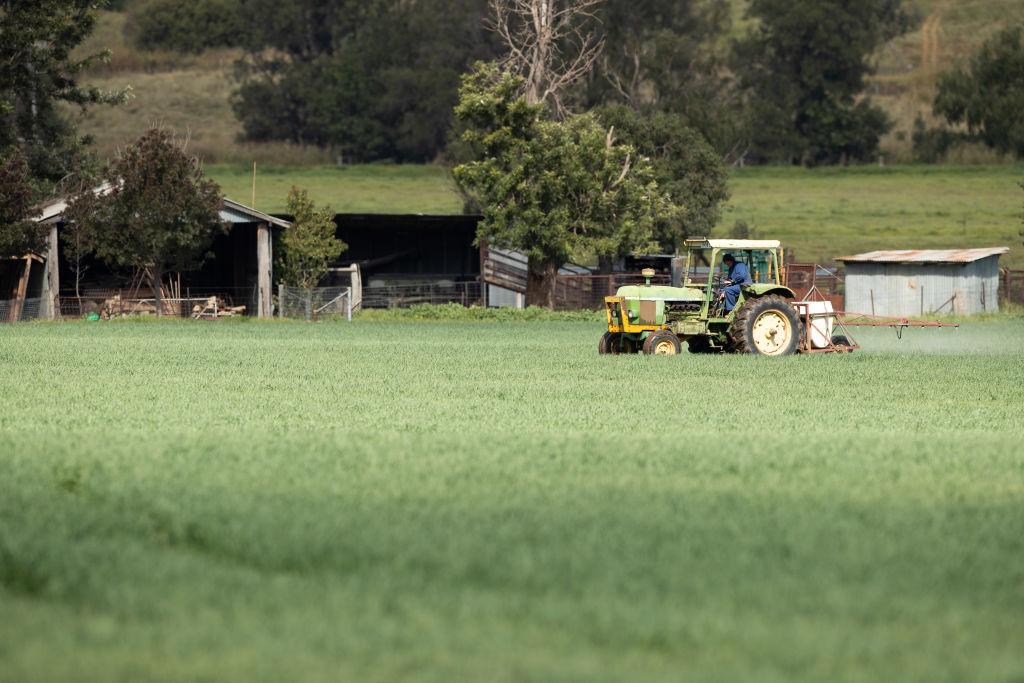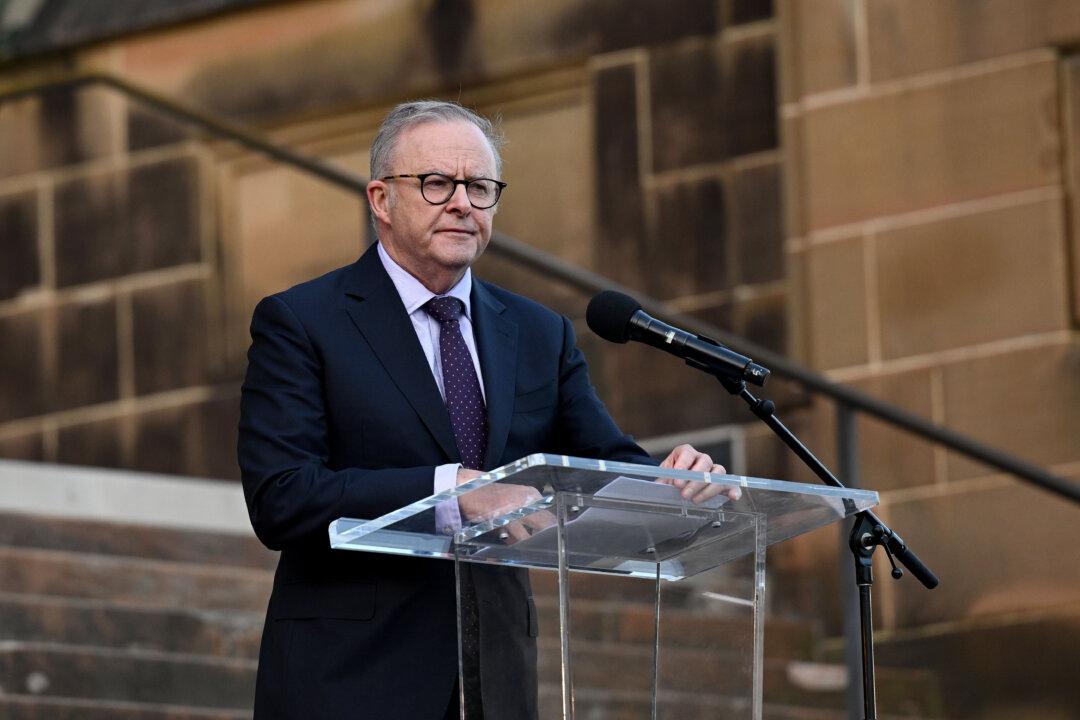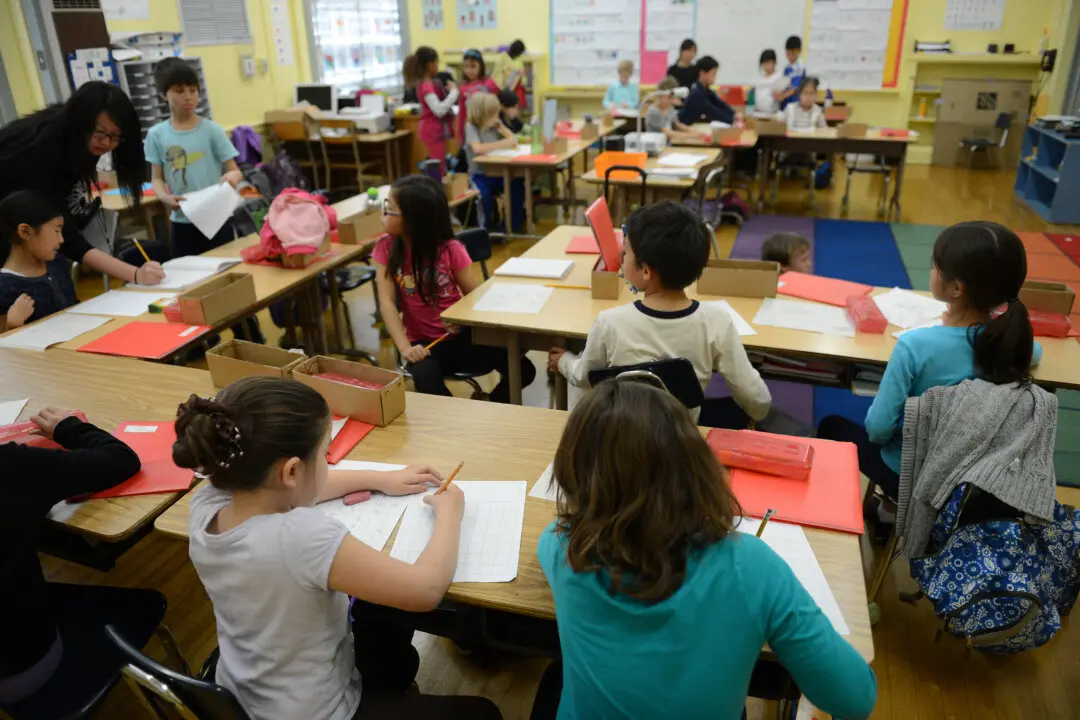The Australian government has made it easier for overseas workers to enter the country to fill labour shortages in the agriculture and hospitality industries.
“The Morrison Government has today announced the first stage of reforms to Australia’s labour mobility programs – the Pacific Labour Scheme (PLS) and the Seasonal Worker Program (SWP)–which will make the programs easier to access, protect worker welfare, and better meet the workforce needs of regional Australia,” read a joint statement on Sept. 14 by Foreign Minister Marise Payne, Employment Minister Stuart Robert, and Minister for International Development and the Pacific Zed Seselja.




